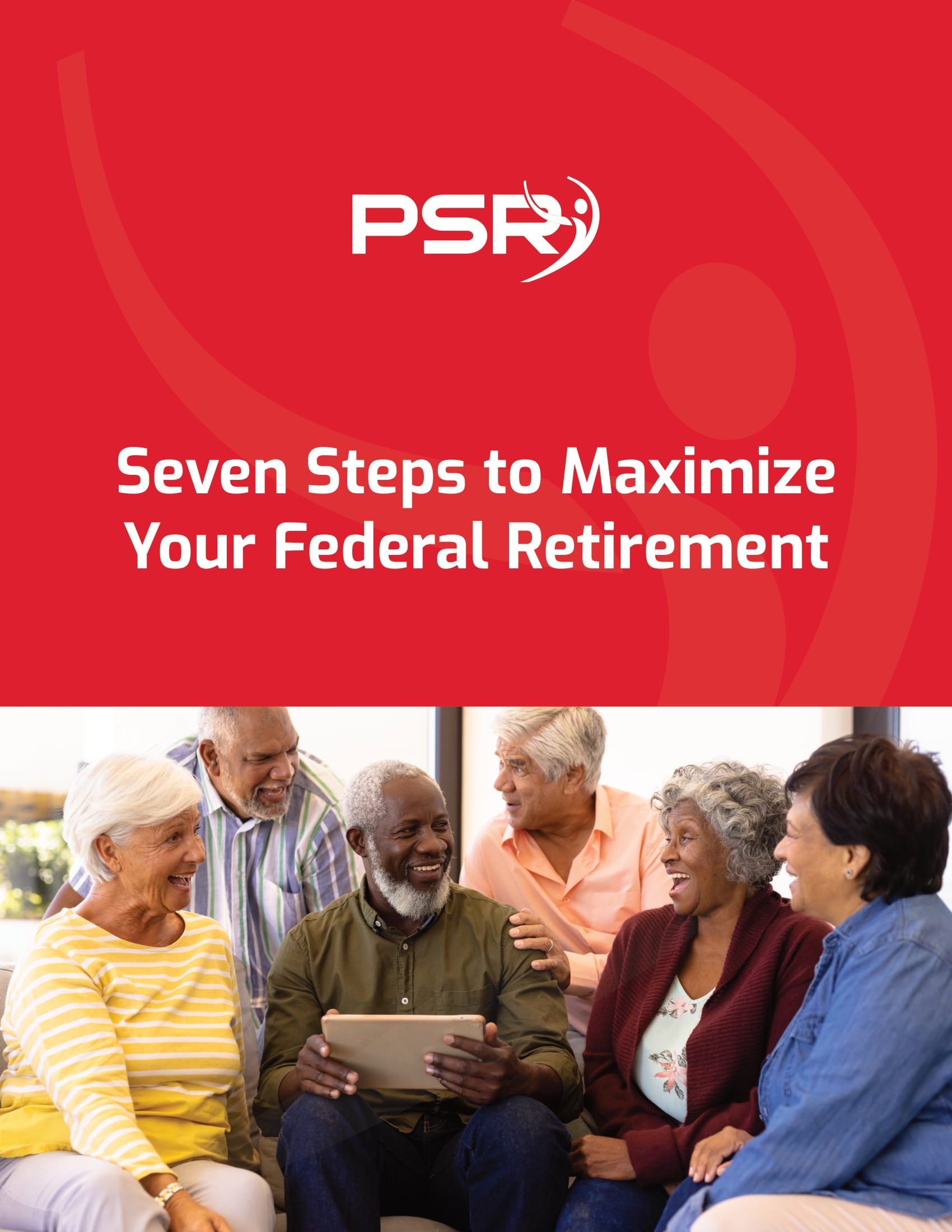Key Takeaways
- FERS has become the preferred retirement plan for federal employees due to its flexibility, security, and robust benefits.
- By combining a pension, Social Security, and TSP savings, FERS offers a well-rounded financial safety net for your retirement years.
Why FERS Stands Out Among Federal Retirement Plans
If you’re a federal employee, planning for retirement is no small task. The Federal Employees Retirement System (FERS) has rapidly become the gold standard among federal retirement plans, offering a blend of stability, adaptability, and long-term financial security. Whether you’re new to federal service or considering retirement, understanding what makes FERS so appealing could help you maximize its benefits.
The Three Pillars of FERS: A Winning Formula
- Also Read: Are You Eligible for the Federal Employee Retirement System (FERS)? Find Out Here
- Also Read: Why TSP Withdrawal Options Might Be More Flexible Than You Think for Federal Retirees
- Also Read: The Top Federal Employee Benefits You Should Be Tapping Into Right Now
1. FERS Pension: A Reliable Monthly Benefit
The pension component of FERS guarantees you a steady monthly income in retirement. This defined-benefit plan is calculated based on your highest three years of salary (known as the “High-3” average) and your years of service. Here’s why it’s such a big deal:
- Predictable Income: No matter how volatile the market gets, your pension remains a consistent source of income.
- Customizable Timing: You can retire as early as your Minimum Retirement Age (MRA) with 10 years of service, though retiring later can significantly boost your benefits.
2. Social Security: A Key Complement to Your Pension
As a FERS employee, you’re also covered by Social Security, a feature that wasn’t included in its predecessor, the Civil Service Retirement System (CSRS). Here’s what Social Security adds to the mix:
- Additional Income Stream: It acts as a second layer of retirement income, starting as early as age 62.
- Flexible Claiming: You can optimize benefits by waiting until full retirement age or later.
3. Thrift Savings Plan (TSP): Your Retirement Savings Engine
The TSP is essentially a 401(k)-style plan for federal employees, offering tax-deferred or Roth savings options. FERS makes contributing to your TSP a no-brainer by providing matching contributions.
- Employer Match: FERS matches up to 5% of your salary, which is free money toward your retirement.
- Investment Options: The TSP offers a range of low-cost funds, so you can tailor your portfolio to your risk tolerance and retirement goals.
Why Federal Employees Prefer FERS
FERS has distinct advantages over other retirement systems, making it a favorite among federal employees.
Flexibility for Different Career Paths
Not everyone spends their entire career in federal service. FERS is designed with mobility in mind, allowing you to leave federal employment and still benefit from your contributions to the TSP and Social Security.
Survivor and Disability Benefits
FERS isn’t just about retirement. It also includes robust survivor and disability benefits, offering peace of mind for you and your loved ones. These features ensure your family remains financially secure even if the unexpected happens.
Cost-Effective Contributions
Federal employees contribute 6.2% of their pay to Social Security and an additional percentage to their FERS pension. While this may seem like a lot, the long-term benefits far outweigh the costs, especially when you consider the employer TSP match.
How FERS Compares to CSRS
If you’ve been in federal service long enough, you may have heard of the older Civil Service Retirement System (CSRS). While CSRS offered generous pensions, it lacked the flexibility and additional income streams provided by FERS.
Major Differences
- Social Security Inclusion: CSRS doesn’t include Social Security, making FERS more comprehensive.
- TSP Contributions: CSRS retirees don’t receive employer-matched contributions, whereas FERS employees do.
- Portability: FERS is better suited for employees who may not stay in federal service for their entire careers.
Why CSRS Still Holds Appeal for Some
CSRS offers higher pension payouts for long-term employees, but with fewer than 44,000 workers still under CSRS, FERS is clearly the future.
Key Milestones for FERS Retirement
Planning your retirement timeline is crucial. Here’s a breakdown of important milestones to keep in mind:
- Minimum Retirement Age (MRA): This ranges from 55 to 57, depending on your birth year, and is the earliest you can retire under FERS with at least 10 years of service (MRA+10).
- Age 62 with 20 Years of Service: Retiring at this point ensures you receive a full pension benefit, calculated at 1.1% of your High-3 salary for each year of service.
- Age 60 with 30 Years of Service: A common target for federal employees aiming for a comfortable retirement.
- Social Security Eligibility: While you can claim as early as 62, waiting until full retirement age (67 for most people) maximizes your benefits.
Strategies to Maximize Your FERS Benefits
To make the most of your FERS retirement plan, you need a well-thought-out strategy:
1. Start Early with TSP Contributions
The sooner you start contributing to your TSP, the more you’ll benefit from compounding interest. Aim to contribute at least 5% of your salary to take full advantage of the employer match.
2. Understand Your Pension Options
When planning your retirement, consider whether you want to elect a survivor benefit, which allows your spouse to continue receiving part of your pension after your death.
3. Coordinate with Social Security
Timing your Social Security claims can significantly impact your total retirement income. Use tools like the Social Security earnings statement to estimate your benefits and determine the best time to file.
4. Leverage FEHB Coverage
Federal Employees Health Benefits (FEHB) coverage remains available to you in retirement, provided you meet eligibility requirements. Pairing it with Medicare can reduce out-of-pocket healthcare costs significantly.
Addressing Common Concerns
You might have questions or worries about FERS. Let’s tackle a few:
Is It Enough for Retirement?
FERS is designed to provide a comfortable retirement when all three components—pension, Social Security, and TSP—are used together. However, supplementing with additional savings can give you extra peace of mind.
Can You Retire Early?
Yes, but there are trade-offs. Retiring at your MRA with fewer than 20 years of service will reduce your pension. It’s important to weigh the pros and cons of retiring early.
What Happens If You Leave Federal Service?
FERS is portable. If you leave federal service before retirement, you can roll over your TSP funds into another retirement account and still collect Social Security.
Why FERS Is Future-Proof
As the federal workforce evolves, FERS is adapting to meet modern needs. Its combination of predictable income, flexibility, and additional savings opportunities make it a sustainable choice for current and future federal employees.
- Diverse Workforce Needs: FERS is tailored to employees with varying career lengths and goals.
- Integration with Modern Benefits: From TSP to Social Security, FERS aligns with contemporary retirement strategies.
- Long-Term Viability: With employer contributions and individual savings, FERS balances responsibility between employees and the federal government.
Securing Your Future with FERS
FERS is more than just a retirement plan—it’s your ticket to a secure and adaptable future. By leveraging its three components, you can enjoy a retirement that balances financial stability with personal freedom. Whether you’re years away from retiring or about to take the leap, now is the time to take full advantage of everything FERS offers.









